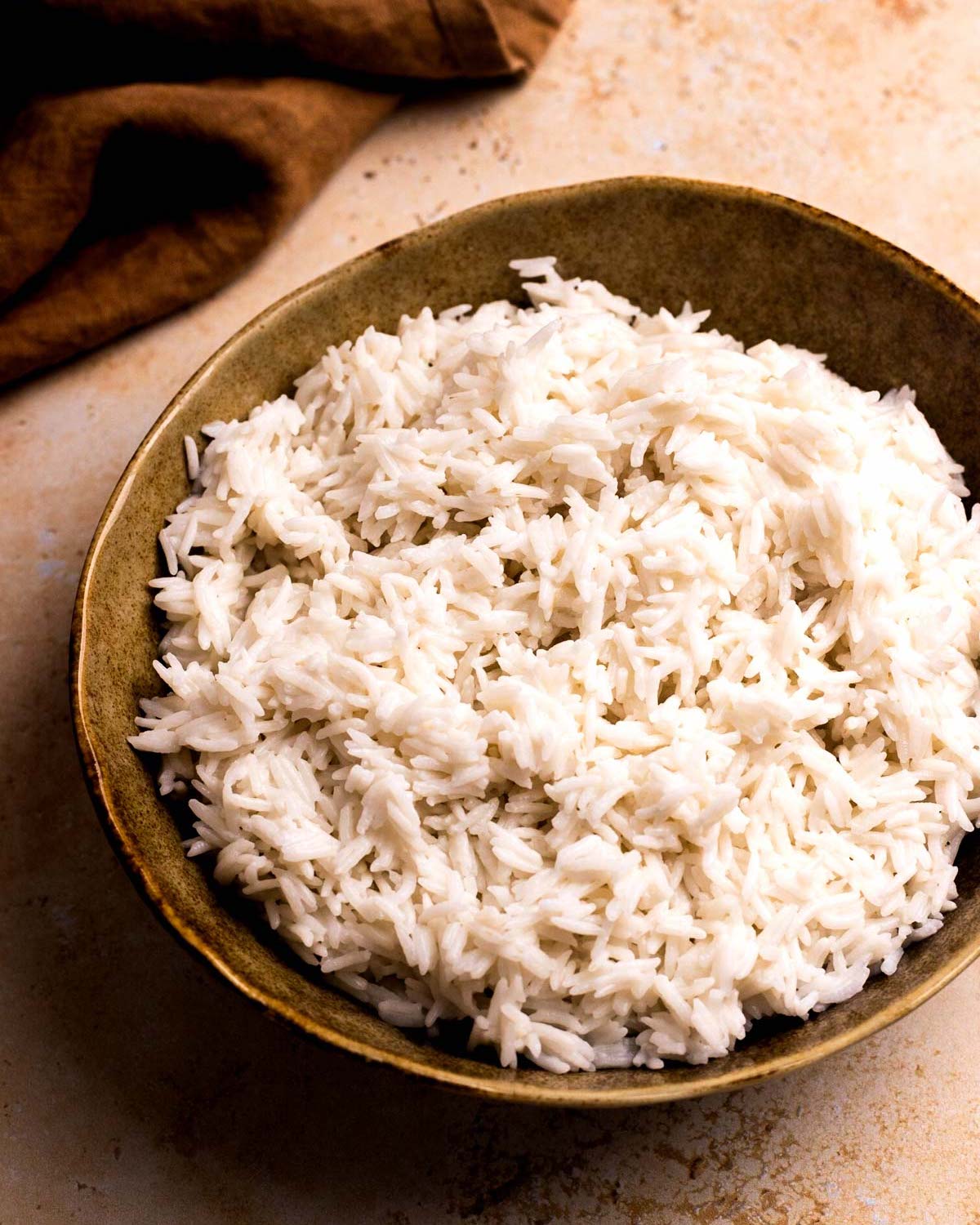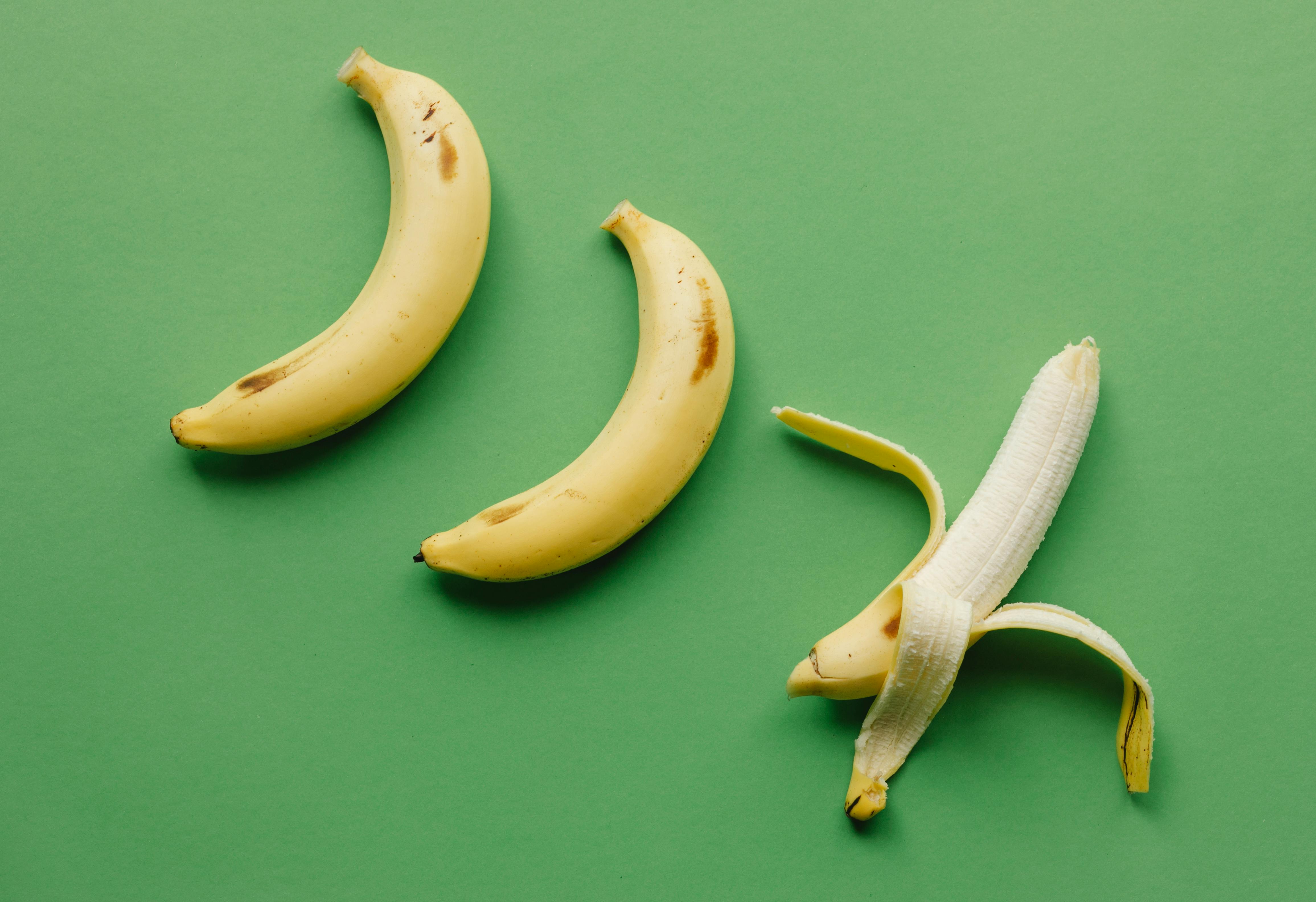Effective Ways to Grow Mushrooms at Home in 2025
With the ever-growing interest in sustainable living, home gardening, and the culinary arts, mushroom cultivation at home is becoming a popular venture for many families and individuals. Not only are mushrooms delicious and nutritious, but they also provide a fantastic way to learn about mycology while contributing to sustainable practices. In this article, we will guide you through the various aspects of how to grow mushrooms, including the best mushrooms to grow, simple mushroom growing methods, and creating optimal mushroom growing conditions. By the end of this article, you’ll have all the knowledge you need to successfully cultivate mushrooms indoors using home mushroom growing kits and many innovative techniques.
The benefits of growing mushrooms extend beyond just culinary enjoyment. They can be grown in a variety of environments, including small spaces and urban settings, making them an ideal crop for city dwellers. Mushrooms can thrive in conditions that may not be suitable for traditional crops, enabling people to embrace home-based mushroom farming. As you learn the steps to grow mushrooms, you’ll discover how easy it can be to introduce mushrooms from coffee grounds or other organic materials, thereby enhancing your sustainable lifestyle.
Join us as we explore the exciting world of mushrooms, from their cultivation techniques to troubleshooting common problems. Here’s a preview of what we will cover: choosing the right mushroom spores for sale, understanding mushroom growing techniques, and setting up your mushroom garden to ensure a successful crop year-round.
Choosing the Best Mushrooms to Grow at Home
When starting with mushroom cultivation, selecting the right variety is crucial. Focus on types that suit your growing conditions, skill level, and culinary preferences. Some of the best mushrooms to grow at home include:
Shiitake Mushrooms
Shiitake mushrooms are among the most popular edible varieties. They thrive on hardwood logs or sawdust blocks and provide delicious flavor to dishes. With moderate care, shiitake can be a rewarding choice for beginners.
Oyster Mushrooms
Known for their fast growth, oyster mushrooms can be cultivated on various substrates, such as straw, coffee grounds, or even cardboard. They adapt well to different growing conditions and offer stunning colors and textures.
Lion's Mane Mushrooms
Lion’s mane mushrooms are celebrated for their medicinal properties and unique flavor. They require more controlled growing conditions but can be grown on supplemented sawdust or logs.
Portobello Mushrooms
This hearty mushroom variety is excellent for grilling and adds depth to various recipes. Portobellos mature slower than other types, but the waiting period often results in substantial and flavorful yields.
Choosing the right mushrooms for home cultivation sets the stage for a successful mushroom garden. Once you’ve selected a variety to grow, understanding the appropriate mushroom growing conditions becomes imperative to enhancing your yields.

Creating Optimal Mushroom Growing Conditions
To ensure successful mushroom growth, it is vital to pay attention to various growing conditions, such as temperature, humidity, and ventilation. Here are important factors to consider:
Temperature Control for Mushrooms
Different mushroom species thrive at varying temperatures. Generally, most edible mushrooms prefer a temperature range between 60-75°F (15-24°C). It's essential to monitor the temperature carefully to avoid stunted growth or contamination.
Humidity Levels for Mushroom Cultivation
Mushrooms require a high humidity level, typically around 85-95%. You can achieve this by using a humidity tent or misting the growing medium frequently to replicate natural conditions for mycelium growth.
Ventilation and Air Circulation
Ensuring proper ventilation is crucial for mushroom cultivation to prevent the buildup of carbon dioxide and promote healthy growth. Make sure your growing area has good air circulation, possibly using a small fan on low settings.
Using Mushroom Substrates
The choice of substrate affects not only mushroom growth but also the flavor and texture of your harvest. Common substrates include straw, hardwood sawdust, and coffee grounds. Each substrate must be appropriately pasteurized or sterilized before inoculation with mushroom spores.
By creating optimal growing conditions and selecting the right substrate, you're setting yourself up for a fruitful growing experience. The next essential step is ensuring you have the right equipment and supplies at hand for your mushroom cultivation journey.
Mushroom Cultivation Equipment and Supplies
To successfully grow mushrooms, having the right equipment and supplies is essential. Here are some items you will need:
Mushroom Growing Kits
Affordable mushroom kits simplify the growing process, providing pre-inoculated substrates with the necessary nutrients and sometimes even humidity tents. These kits make it easy for beginners to get started without requiring extensive knowledge or equipment.
Temperature and Humidity Monitors
Having a thermometer and hygrometer will help you monitor the conditions in your growing space to maintain the ideal environment for mycelium growth and fruiting.
Containers for Mushroom Growing
Whether you're cultivating mushrooms in jars, bags, or specialized containers, the right system can significantly impact your yield. Containers should be sterilized before use to prevent contamination.
Pasteurization and Sterilization Supplies
To cultivate mushrooms safely, ensuring your substrates are free of contaminants through proper pasteurization or sterilization methods is critical. Consider using pressure cookers or boiling water for this purpose.

Equipped with the right tools, you can efficiently manage your mushroom cultivation tasks. However, challenges may still arise in the process. Therefore, knowing how to troubleshoot mushroom growth is vital for maximizing your harvest.
Troubleshooting Common Mushroom Growth Issues
Encounters with problems during mushroom cultivation are common but often manageable with the right advice. Here are important troubleshooting tips:
Identifying Contamination Issues
Contamination, primarily from mold or other fungi, can hinder your success. Monitoring your growing environment and ensuring sterile practices throughout the process helps minimize these risks. If contamination occurs, it may be necessary to discard affected substrates.
Pest Control in Mushroom Farming
Keeping pests such as flies and mites at bay is essential for a healthy mushroom crop. Active inspection and using safe pest control methods, like diatomaceous earth, can protect your growing mushrooms.
Dealing with Slow Mycelium Growth
If you notice stagnant or slow-growing mycelium, check the temperature and humidity levels. Additionally, assess the substrate for any signs of contamination. Maintaining ideal growing conditions is crucial to prevent such issues.
Harvesting Techniques for Maximum Yield
Knowing when and how to harvest mushrooms is essential for high-quality produce. Mushrooms should be picked just before the caps begin to open, ensuring flavor and texture are at their peak. Handle them gently to avoid damage.
By understanding challenges and how to address them, you’ll be better equipped to enhance your success as a home mushroom farmer. As a final thought, let’s delve into some common questions that new mushroom cultivators often have.
Mushroom Growing FAQ
What are the health benefits of growing mushrooms?
Mushrooms are packed with essential nutrients and can provide health benefits such as immune system support and anti-inflammatory properties. Growing your own allows you to control what goes into your food.
Can I grow mushrooms indoors without a kit?
Yes! While kits simplify the process, you can grow mushrooms using DIY methods with the right substrate, spores, and care. There are many resources available to help you learn how to grow mushrooms effectively.
What is the best substrate for beginners?
Straw is often recommended as an excellent starting substrate due to its availability and ease of use. It’s essential to pasteurize it before inoculation to ensure a successful crop.
How do I start mushroom farming sustainably?
Utilizing waste products such as coffee grounds, sawdust, or straw from other processes aligns with sustainable practices. Applying green waste recycling to your mushroom garden not only enhances your crop but also benefits the environment.
With this comprehensive guide on effective ways to grow mushrooms at home in 2025, you are well-equipped to embark on your mushroom cultivation journey. Remember, whether you’re trying indoor mushroom farming or experimenting with different substrates, patience and persistence are key to a successful mushroom harvest.
